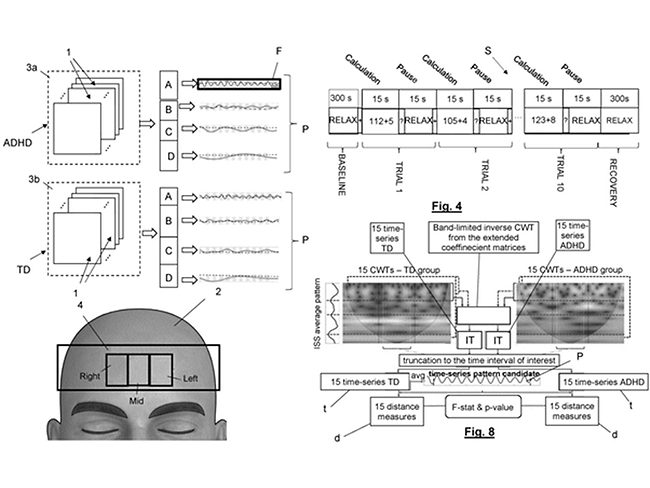
- BioWorld
- BioWorld MedTech
- BioWorld Asia
- BioWorld Science
- Data Snapshots
- Special reports
- Infographics: Dynamic digital data analysis
- Trump administration impacts
- Biopharma M&A scorecard
- BioWorld 2024 review
- BioWorld MedTech 2024 review
- BioWorld Science 2024 review
- Women's health
- China's GLP-1 landscape
- PFA re-energizes afib market
- China CAR T
- Alzheimer's disease
- Israel
- Rise of obesity
- Radiopharmaceuticals
- Biosimilars
- Aging
- IVDs on the rise
- Coronavirus
- Artificial intelligence
ARTICLES
Patents
Pumpkinseed reveals systems for label-free analyte detection
Aug. 2, 2024
By Simon Kerton
Patents
System invented for mixing, filtering, and dosing of fecal transplantation capsules
July 31, 2024
By Simon Kerton
Patents
Wave View patenting microwave technology for pain-free, timely breast imaging
July 29, 2024
By Simon Kerton
Patents
Braincapture system enables remote diagnosis of epilepsy
July 26, 2024
By Simon Kerton
Patents
Newmanbrain’s near-infrared spectroscopy diagnoses ADHD
July 25, 2024
By Simon Kerton
Patents
Wearable acoustic patch developed for transdermal drug delivery
July 23, 2024
By Simon Kerton
Patents
USC team develops minimally invasive neural recording, stimulation system
July 18, 2024
By Simon Kerton
Patents
Quantalx’s Delphi-MD diagnoses hydrocephalus, predicts response
July 17, 2024
By Simon Kerton
Patents
Ecate probes allow paralyzed patients to regain control of lost functions
July 16, 2024
By Simon Kerton
- BioWorld
- BioWorld MedTech
- BioWorld Asia
- BioWorld Science
- Data Snapshots
- Special reports
- Infographics: Dynamic digital data analysis
- Trump administration impacts
- Biopharma M&A scorecard
- BioWorld 2024 review
- BioWorld MedTech 2024 review
- BioWorld Science 2024 review
- Women's health
- China's GLP-1 landscape
- PFA re-energizes afib market
- China CAR T
- Alzheimer's disease
- Israel
- Rise of obesity
- Radiopharmaceuticals
- Biosimilars
- Aging
- IVDs on the rise
- Coronavirus
- Artificial intelligence









